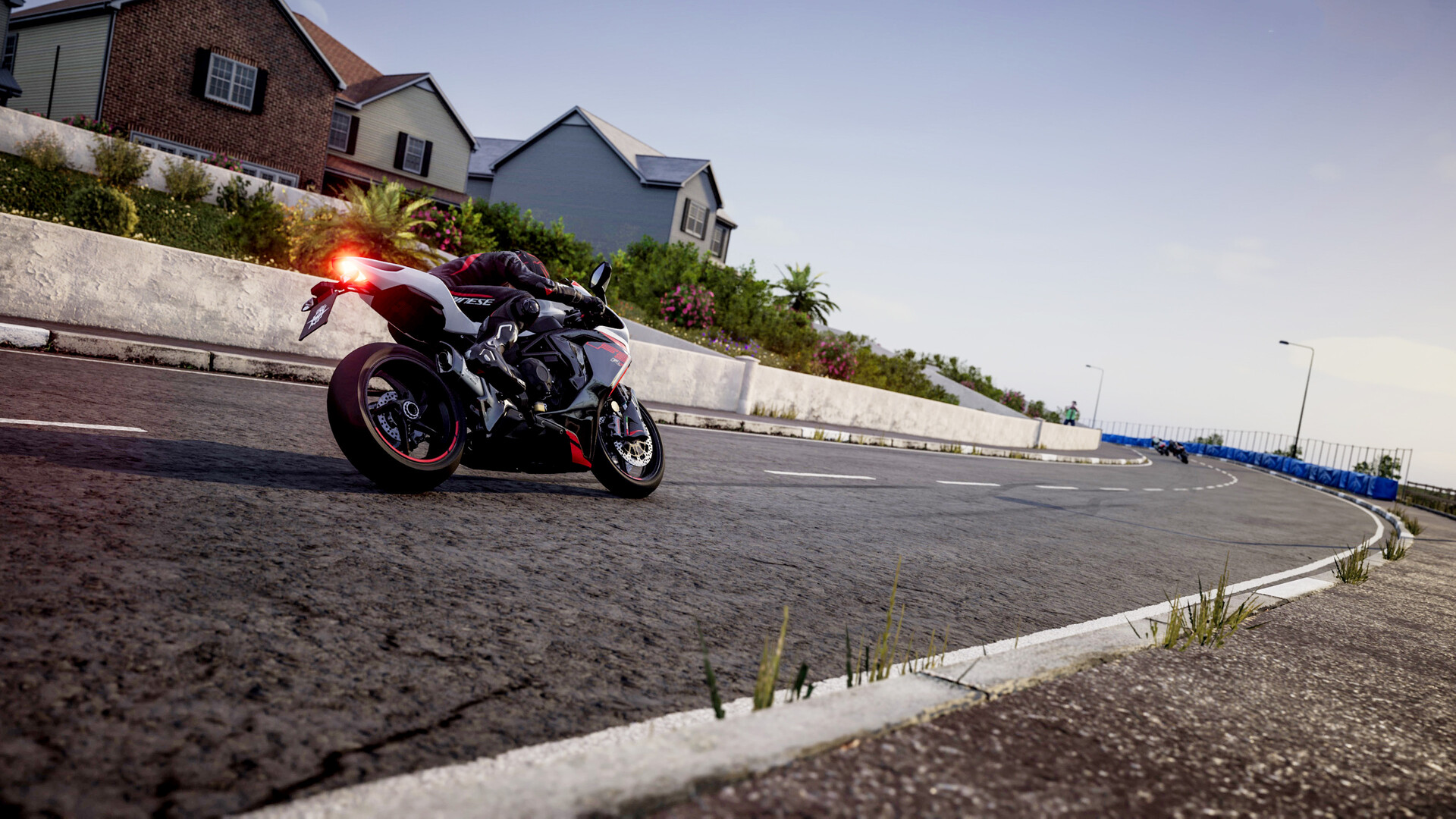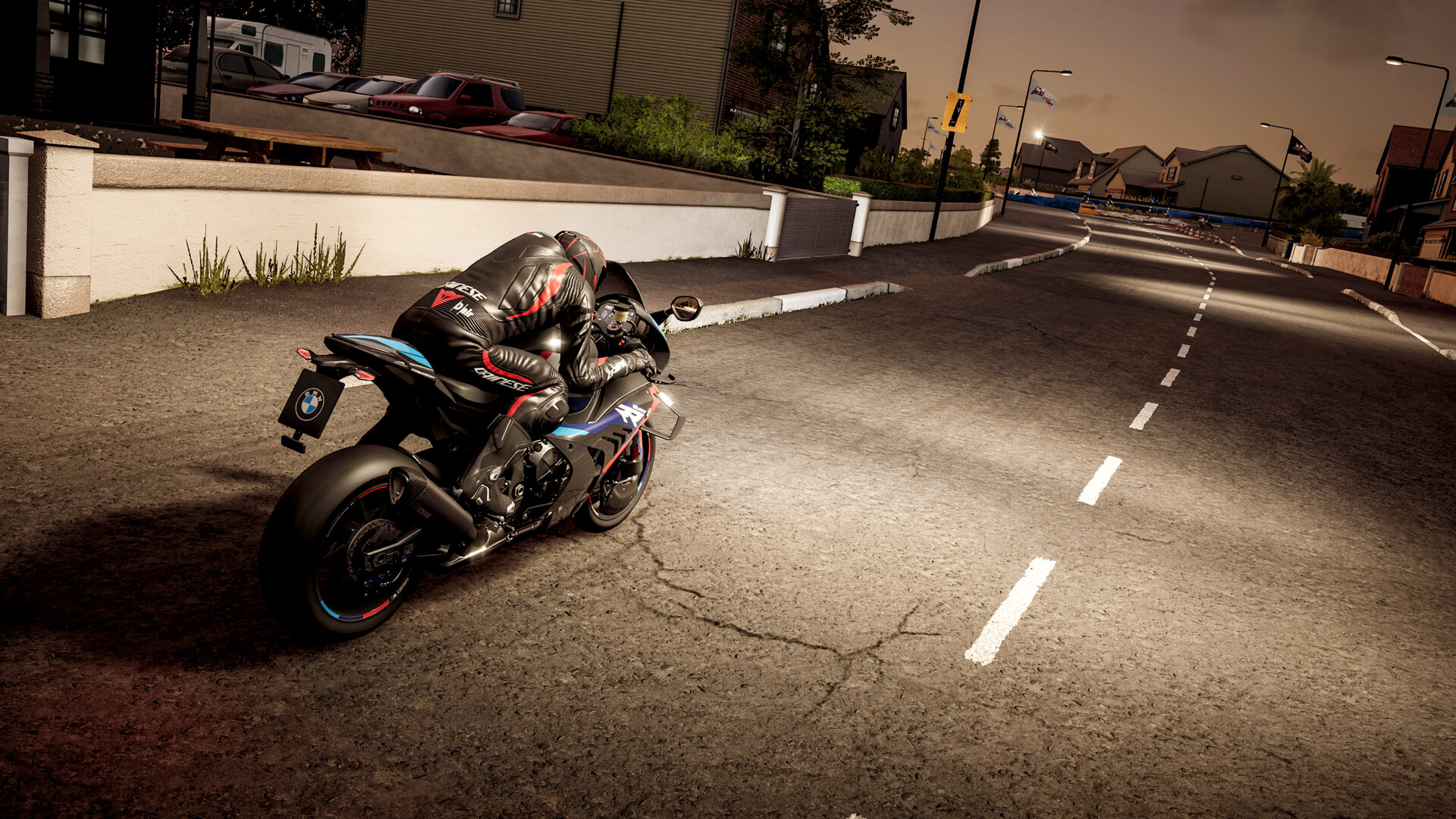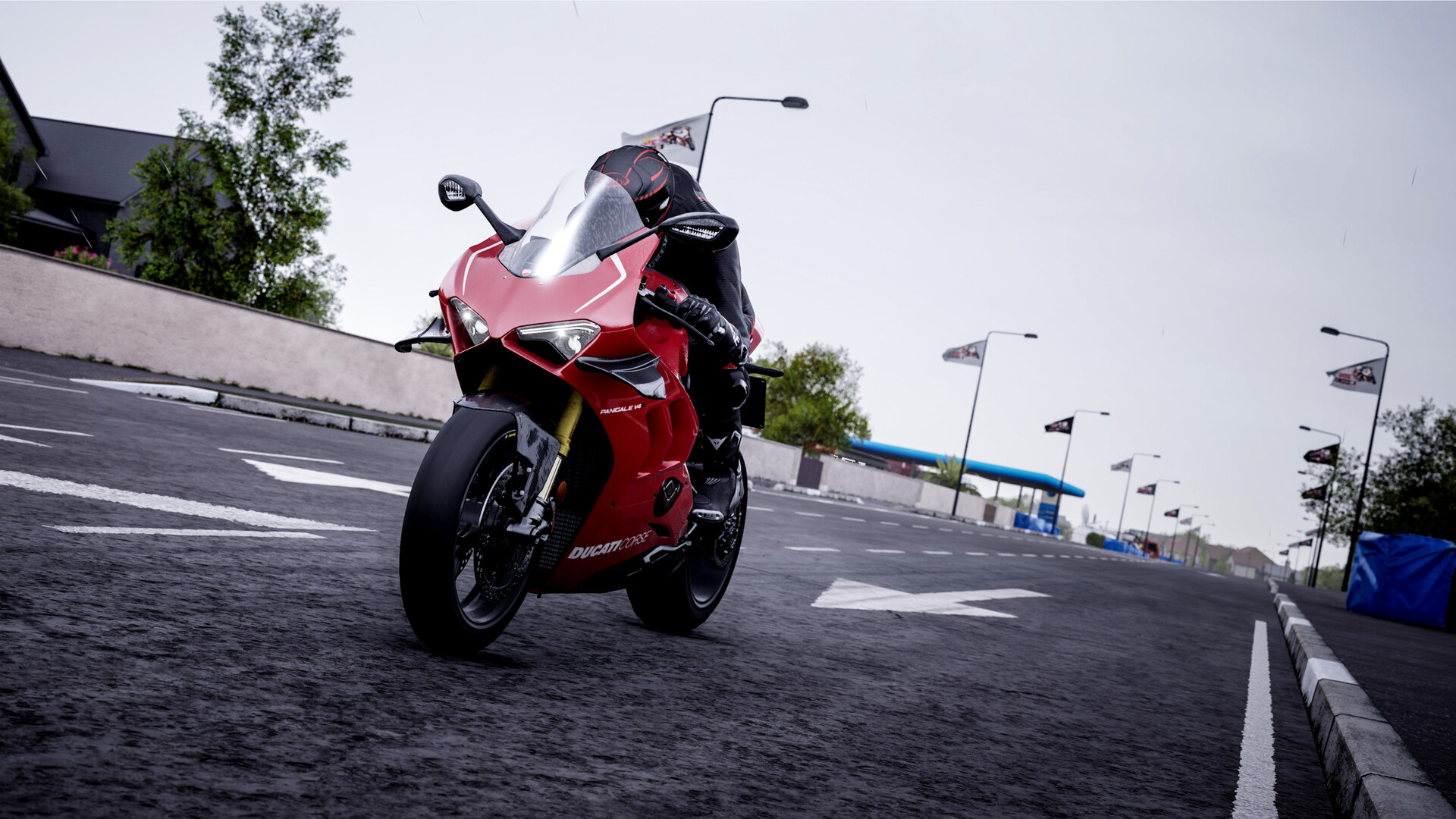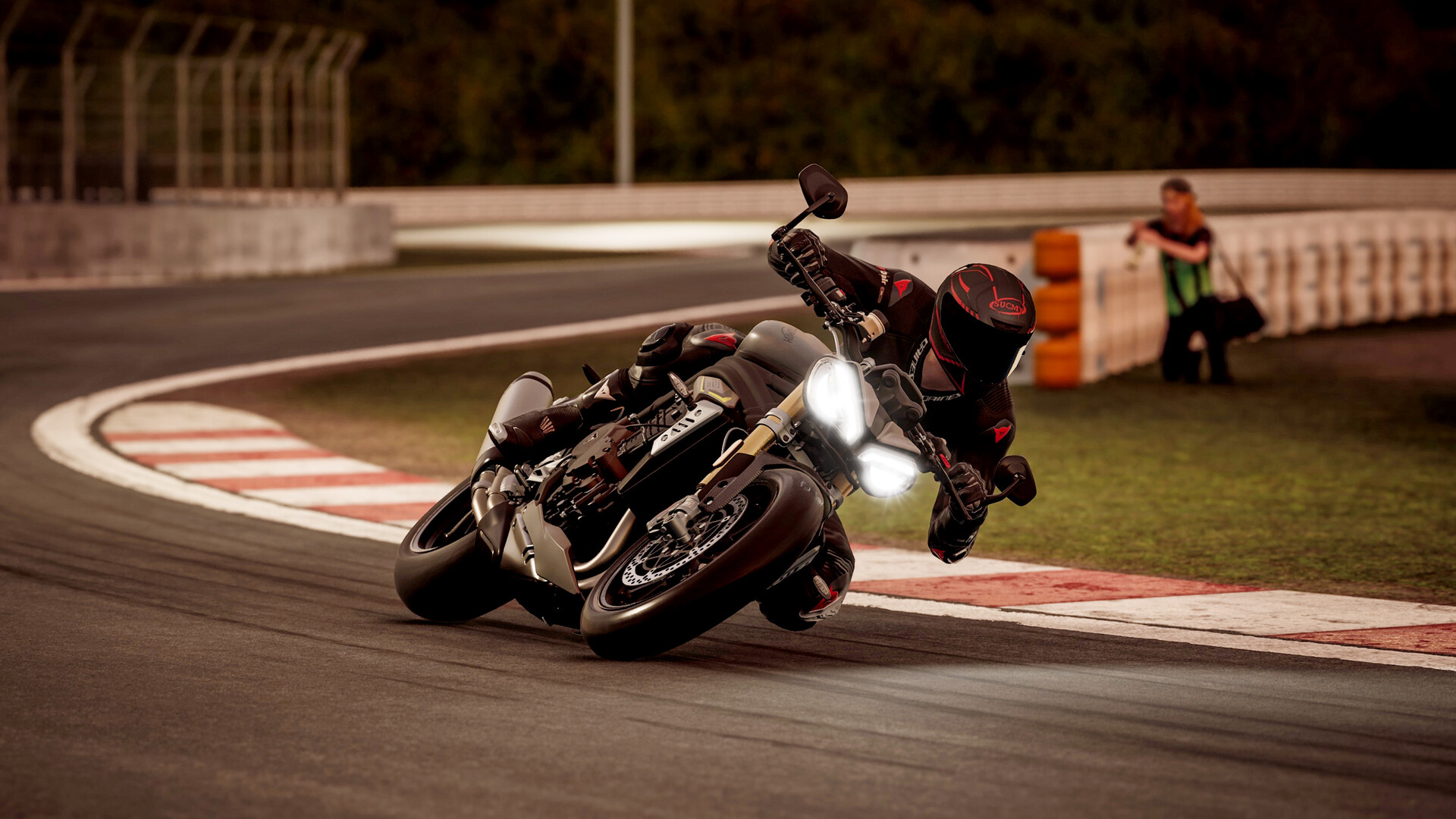
Developer Milestone’s Ride series is well known among racing game enthusiasts, but Ride 4 suddenly blew up in 2021 thanks to a viral video showcasing its photorealistic visuals. The latest entry, Ride 5 is the developer’s first game that’s exclusive to current-gen consoles – so it’s only natural that expectations are once again off the charts for this one.
Ride 5 builds upon what came before not just in the gameplay department but also visuals, and it looks absolutely beautiful. There are a few minor rough edges here and there, but the end result is nothing short of extraordinary. Graphically, Ride 5 has the potential to stand its own ground against the likes of Gran Turismo 7 and Forza Horizon 5. We tested the game on the PS5, and here’s our complete technical analysis of Ride 5.
Game Engine And Overview
Much like Ride 4 before it, Ride 5 is also built using Epic’s Unreal Engine. Epic’s tech is a popular choice for AA developers but does Ride 5 utilize the full potential of current-gen consoles? Well, the answer is a bit complicated. When you boot up Ride 5, you might not notice any radical changes when compared to RIDE 4 as the developer seems to have adopted a more iterative approach primarily because both games largely feature the same underlying tech.
Everything from the lighting to the reflections and shadows has seen marginal improvements, weather effects look to be more intense than before and reflections seem to be using ray tracing – which would be a first for the series on consoles. Let’s discuss them detail in further sections.
Motorcycles

Motorcycles are obviously the star of the show here. The developers’ love for these machines shines through in the careful rendition of over 200 sports bikes from a slew of popular manufacturers across the globe. Every vehicle has been recreated with astonishing attention to detail, and there’s a ton of geometric complexity within these models.
Bike surfaces are adequately shiny, and reflect light in a realistic fashion. We also get to see generous use of different physically-based materials for different parts of the bike’s body, and each material reacts differently to light. The engine does a great job of rendering different materials such as the leather seats and frames which are made of carbon fiber. Thanks to a complete adherence to physical based lighting, Ride 5’s bikes are visual stunners.
Tracks and Environments

Coming over to the tracks, Ride 5 features a vast amount of options when it comes to choosing where to race – and the environments look fantastic for the most part. The tracks look superb with high-quality textures, and the screeching of bikes leaves visible marks and smoke trails on the surface – which looks pretty realistic as well. The surfaces surrounding the race track are covered with rough ground, so skirting along that path results in thick trails and dense clouds of dust.
The asset quality is generally high across the board, and everything from the track itself to the stands flaunts a high number of polycounts. Of course, some elements don’t get the same treatment including but not limited to certain types of foliage and NPCs among others. These elements tend to stand out against the otherwise fantastic-looking environments which can break the immersion.
In a similar vein, we also noticed some detail swapping especially during daytime sequences – which can also be off putting for some players. But it’s also important to note that the developer has stated that some assets are yet to be fully polished out in the review build that we tested, so these issues might get resolved with a patch.
Weather Effects

Ride 5 features a dynamic weather system, and it makes for some interesting race scenarios. For instance, you might start a race on a sunny afternoon but the weather suddenly changes to overcast at some point during the race. And since Ride 5 is a physics-based racer, track conditions also affect gameplay variables like handling and stability which adds a new level of challenge to the races.
As was the case with Ride 4, weather effects are pretty realistic in Ride 5 as well. Individual raindrops can be seen accumulating on the bike body, and it looks really gorgeous, especially in the first-person camera view. These droplets seem to have physics properties, as they also slide along while you swerve your bike across sharp turns. Puddles of water also gradually form on tracks, making it a tad difficult to race.
Sky rendering is also an important aspect here and Ride 5 uses volumetric clouds in its presentation – but it can be somewhat inconsistent. Clear skies have only a few clouds scattered throughout the skyline, which tends to highlight the rather low quality of the volumetric meshes while overcast conditions have a higher number of clouds which looks a lot better thanks to their density.
Lighting And Reflections

Switching gears over to the lighting, Ride 5 utilizes the same global illumination method as seen in Ride 4 and it works to great effect over here as well. Direct lighting does a good job of aggregating a realistic picture, and the game also performs pretty well in challenging night-time scenarios where we get to see a ton of smaller light sources illuminating the track and surrounding areas.
Shadows are crisp for the most part, though you might be able to make out some shimmering artifacts here and there. Shadows aren’t cast for objects far away from the camera, and you might encounter rare instances of shadow pop-in while racing at high speeds as well.
As for the reflections, Ride 5 seems to be utilizing a ray-traced implementation which looks really good in action. Reflections on side-view mirrors are appropriately high resolution, this quality doesn’t degrade as you steer your bike along corners. Bikes feature shiny surfaces and as expected, light bounces off of them, which allows the players to see the insane amount of details that the developer has put into them.
Post-Processing, PS5 Parameters, And Conclusion

Finally, we come to the post-processing side of things. Motion blur is an important element of Ride 5’s presentation, and the implementation looks to be of high quality. As for the anti-aliasing pass, the game seems to be utilizing an FXAA-based solution. It does a good job of cleaning up the image for the most part, but you will be able to make out some jagged edges and artifacts if you peep in too closely.
As mentioned previously as well, Ride 5 retains the 60fps gameplay of its predecessor – and there are no graphical options to choose from in the case of PS5. You get an upscaled 4K image with a frame-rate target of 60fps, and the game does a good job of holding the performance in even the most demanding of situations. We didn’t notice any substantial frame drops in our tests, and we’re pretty satisfied with the performance on PS5.
Conclusion
Ride 5 is an iterative upgrade over Ride 4 – but that shouldn’t be seen as a criticism of Milestone’s latest project. Ride 5 boasts some fantastic visuals without compromising on its 60fps gameplay, and while it isn’t a flawless experience – it is definitely a worthy successor to what came before and is one of the best looking racers on the market.















